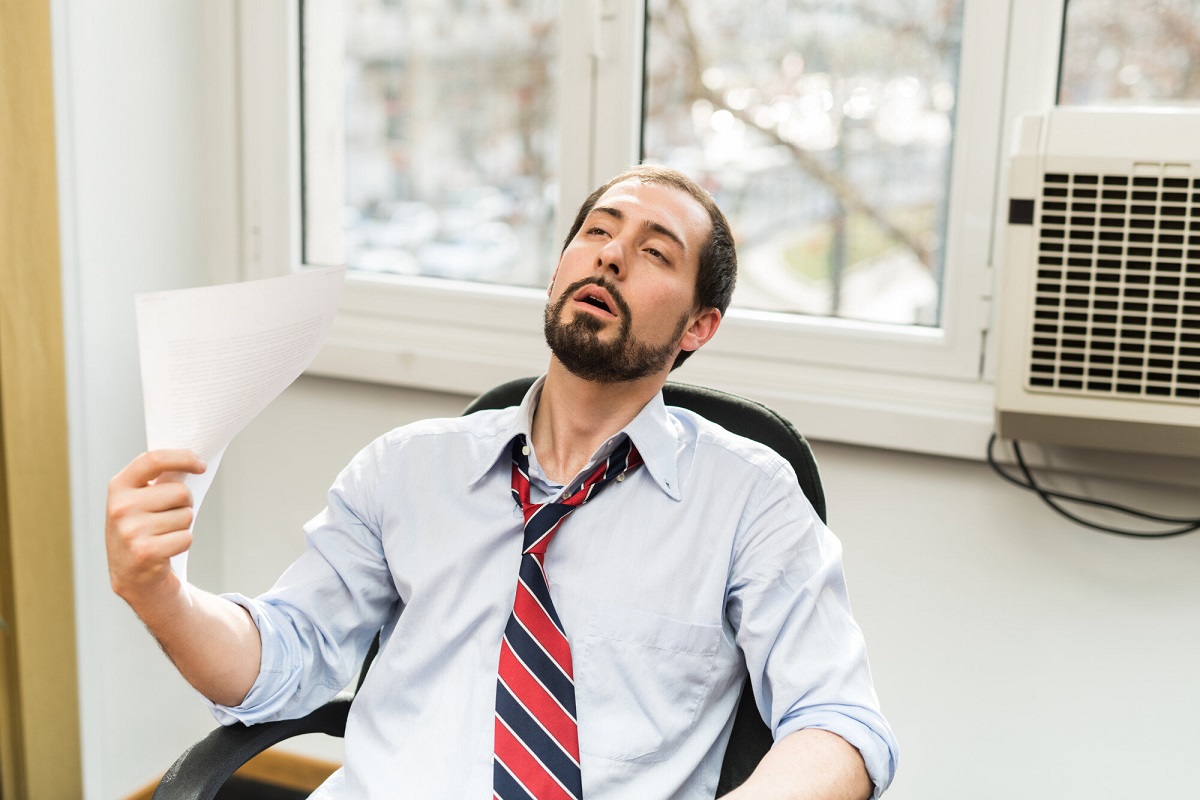

Articles
Why Is The AC Not Cooling
Modified: March 25, 2024
Read our informative articles to find out why your AC is not cooling and learn effective solutions to fix the problem.
(Many of the links in this article redirect to a specific reviewed product. Your purchase of these products through affiliate links helps to generate commission for Storables.com, at no extra cost. Learn more)
Introduction
Welcome to our comprehensive guide on understanding why your air conditioner (AC) is not cooling your home. Few things can be more frustrating than dealing with a malfunctioning AC, especially during scorching summer months. When your AC fails to provide the refreshing cool air you expect, it’s important to identify and address the underlying issue.
AC units are complex systems that rely on various components working together efficiently. A disruption in any of these components can result in reduced cooling performance. In this article, we will explore some of the most common causes behind an AC not cooling properly. By understanding these issues, you can troubleshoot and address them effectively, either on your own or with the help of a professional HVAC technician.
Before we dive into the troubleshooting steps, it’s essential to emphasize the importance of regular AC maintenance. Regular maintenance helps prevent many of the common issues that can lead to your AC not cooling properly. Routine tasks such as cleaning or replacing air filters, cleaning condenser coils, and checking refrigerant levels can go a long way in maintaining optimal cooling performance.
Now, let’s take a closer look at the common causes behind an AC not cooling properly and explore some troubleshooting steps to resolve these issues.
Key Takeaways:
- Regularly cleaning or replacing air filters, checking for refrigerant leaks, and addressing electrical issues can help restore optimal cooling performance in your AC unit, ensuring a comfortable home environment.
- Proper insulation, regular maintenance, and prompt attention to cooling issues are essential for maximizing the efficiency of your AC system and reducing energy consumption during hot summer months.
Read more: Why Is My AC Unit Fan Not Spinning
Common Causes for AC Not Cooling
When your AC is not cooling your home as it should, there could be several reasons behind the issue. Let’s explore some of the common causes:
- Dirty Air Filters: One of the most common causes of inadequate cooling is dirty or clogged air filters. Over time, air filters can become dirty, reducing airflow and hindering the cooling process. Regularly cleaning or replacing air filters is crucial for maintaining proper cooling efficiency.
- Refrigerant Leak: Refrigerant is responsible for cooling the air in your AC system. If there is a refrigerant leak, your AC won’t be able to produce cool air. A refrigerant leak requires professional attention, as the leak needs to be located, repaired, and the refrigerant levels recharged.
- Faulty Compressor: The compressor is a vital component of your AC system that helps circulate and cool the refrigerant. If the compressor is faulty or not functioning properly, your AC won’t be able to cool the air effectively.
- Improper Thermostat Settings: Sometimes, the issue may not be with your AC unit itself, but rather the thermostat settings. Ensure that the thermostat is set to the correct cooling mode and that the temperature is set lower than the current room temperature.
- Blocked Air Vents: Blocked or obstructed air vents can prevent cool air from effectively reaching all areas of your home. Ensure that there are no furniture, curtains, or other items blocking the air vents and impeding airflow.
- Dirty Condenser Coils: The condenser coils are responsible for releasing heat from the refrigerant. If these coils are covered in dirt, dust, or debris, they won’t be able to dissipate heat efficiently, leading to reduced cooling performance. Regular cleaning of the condenser coils is necessary to ensure optimal cooling.
- Inadequate Insulation: Poor insulation can cause cool air to escape from your home, making it difficult for your AC to maintain a comfortable temperature. Check for any gaps, cracks, or insufficient insulation in your windows, doors, and walls.
- Electrical Issues: Electrical problems, such as faulty wiring or tripped circuit breakers, can prevent your AC unit from functioning properly. It’s essential to have an electrician inspect any electrical issues to ensure safe and effective cooling.
These are just some of the common causes for an AC not cooling properly. Addressing these issues promptly can help restore optimal cooling performance and keep your home comfortable during the hot summer months. Now, let’s move on to the troubleshooting steps to resolve these issues.
Dirty Air Filters
One of the most common causes of an AC not cooling properly is dirty or clogged air filters. Air filters play a crucial role in the airflow of your AC system. Over time, these filters can accumulate dust, dirt, and debris, which can obstruct the airflow and hinder the cooling process. When the air filters are dirty, the AC unit has to work harder to push the air through, resulting in reduced cooling efficiency.
To address this issue, it is important to regularly clean or replace your air filters. The frequency of cleaning or replacement depends on the type of filters and the level of usage. As a general rule of thumb, it is recommended to clean or replace the filters every 1-2 months, especially during periods of heavy AC usage. However, if you have pets or if there is a high level of dust in your home, you may need to clean or replace the filters more frequently.
Cleaning the air filters is a relatively simple process. Here’s a step-by-step guide:
- Turn off your AC unit and locate the air filters.
- Remove the filters from the unit. Some filters may slide out easily, while others may require unscrewing or releasing clips.
- Inspect the filters for dirt, dust, and debris. If the filters are washable, gently rinse them under running water to remove the dirt. If the filters are disposable, replace them with new ones.
- Allow the filters to air dry completely before reinserting them into the AC unit.
- Once the filters are dry, carefully reinsert them back into the unit, ensuring they are securely in place.
Regularly cleaning or replacing your air filters not only improves cooling efficiency but also helps maintain good indoor air quality. It prevents dust and allergens from circulating in your home, promoting a healthier living environment.
In addition to cleaning or replacing the air filters, it is essential to keep the surrounding area clean and free from dust or debris. Regularly dusting and vacuuming the area around the air intake vents can prevent dirt from entering the filters and improve airflow.
By taking these simple steps to address dirty air filters, you can ensure that your AC system runs efficiently, providing effective cooling and maintaining a comfortable environment in your home.
Refrigerant Leak
If your AC unit is not cooling properly, a refrigerant leak could be the culprit. Refrigerant is the substance responsible for absorbing heat from the air in your AC system and delivering cool air to your home. When there is a leak in the refrigerant lines, the AC system cannot effectively cool the air, resulting in reduced cooling performance.
It’s important to note that refrigerant leaks require the attention of a professional HVAC technician. Handling refrigerant without proper training and certification can be dangerous and may violate environmental regulations.
Here are some signs that indicate a possible refrigerant leak:
- The AC is blowing warm air instead of cool air.
- The air coming from the vents is not as cold as it used to be.
- You notice hissing or bubbling sounds near the AC unit.
- Ice buildup on the refrigerant lines or evaporator coil.
If you suspect a refrigerant leak, it’s important to contact a professional HVAC technician who can inspect the AC system and locate the source of the leak. They will then repair the leak and recharge the refrigerant to the proper levels.
Preventing refrigerant leaks involves regular maintenance and inspection of your AC system. Additionally, avoiding DIY attempts at repairing refrigerant leaks is crucial. Only trained professionals should handle the repair, as they have the necessary knowledge and equipment to safely and effectively address the issue.
Remember, refrigerant leaks not only impact cooling performance but also have environmental consequences. The refrigerant used in AC systems can be harmful to the ozone layer if released into the atmosphere. Therefore, it is vital to address any refrigerant leaks promptly to protect both the environment and the efficiency of your AC unit.
By addressing refrigerant leaks with the help of a professional, you can ensure that your AC system operates at its full potential, delivering cool and refreshing air to your home.
Faulty Compressor
The compressor plays a vital role in the cooling process of your AC unit. It is responsible for pressurizing and circulating the refrigerant, allowing it to absorb heat from the air and deliver cool air to your home. When the compressor is faulty or not functioning properly, it can significantly impact the cooling performance of your AC system.
There are several signs that may indicate a faulty compressor:
- The AC unit is running but not producing cool air.
- Unusual noises, such as rattling or grinding, coming from the AC unit.
- Frequent tripping of circuit breakers when the AC is turned on.
- The compressor is hot to the touch.
If you suspect a faulty compressor, it’s important to consult a professional HVAC technician for an accurate diagnosis and repair. Attempting to repair or replace a compressor without proper knowledge and expertise can cause further damage to the AC unit and may void any existing warranties.
The technician will assess the condition of the compressor, checking for issues such as damaged internal components, electrical problems, or motor failures. Based on their evaluation, they will determine whether a repair or replacement is necessary.
Preventing compressor issues involves regular maintenance, which includes cleaning the unit, lubricating moving parts, and inspecting electrical connections. Regular maintenance can help identify potential compressor problems early on and address them before they escalate.
Remember, the compressor is a complex component, and repairing or replacing it requires the skills and expertise of a trained HVAC technician. By entrusting the diagnosis and repair of a faulty compressor to a professional, you can ensure the longevity and performance of your AC system.
Read more: Why AC Not Working
Improper Thermostat Settings
When your AC unit is not cooling your home as expected, one of the simplest explanations could be improper thermostat settings. The thermostat is the control center of your AC system, allowing you to set the temperature and cooling mode. If the thermostat is not configured correctly, it can lead to inadequate cooling.
Here are some common thermostat-related issues that can affect cooling performance:
- The thermostat is set to a higher temperature than desired. Ensure that the thermostat is set to a lower temperature than the current room temperature for the AC to kick in and cool the air.
- The thermostat is in the wrong mode. Make sure the thermostat is set to the cooling mode rather than the heating or fan-only mode.
- The thermostat has incorrect calibration. Over time, temperature sensors inside the thermostat can become inaccurate. Consider recalibrating the thermostat or consulting a professional to calibrate it for you.
- The thermostat is located in an unfavorable position. If the thermostat is exposed to direct sunlight, near drafts, or near heat-emitting appliances, it may give inaccurate readings. Relocate the thermostat to a more suitable location, if possible.
To address improper thermostat settings, follow these steps:
- Check the thermostat settings and ensure it is set to the desired temperature and cooling mode.
- If the temperature seems inaccurate, calibrate the thermostat according to the manufacturer’s instructions or seek professional assistance.
- Ensure that the thermostat is not obstructed by any objects and is not exposed to extreme temperatures or direct sunlight.
- If you suspect the thermostat is malfunctioning, consider upgrading to a programmable or smart thermostat, which provides more precise temperature control and scheduling options.
Properly configuring and maintaining your thermostat is essential for optimal cooling performance. Regularly check and adjust the settings as needed, especially during significant temperature changes or when using the AC system frequently.
By ensuring proper thermostat settings, you can optimize the cooling performance of your AC unit and maintain a comfortable indoor environment.
Check the air filter and clean or replace it if it’s dirty. A dirty filter can restrict airflow and reduce the cooling efficiency of the AC system.
Blocked Air Vents
Blocked air vents can significantly impact the cooling efficiency of your AC system. When the air vents are obstructed, whether partially or completely, it limits the airflow and makes it challenging for cool air to circulate throughout your home. This can result in certain areas not receiving adequate cooling.
Here are some common causes of blocked air vents:
- Furniture or other large objects placed in front of air vents, obstructing the airflow.
- Accumulation of dust, dirt, or debris in the air vents.
- Closed or partially closed air vents due to misalignment or improper adjustment.
To address blocked air vents, follow these steps:
- Inspect all the air vents in your home and ensure they are not blocked by any furniture, rugs, curtains, or other objects.
- If any air vents are partially or completely closed, adjust them to ensure they are fully open. It’s common for air vents to be accidentally closed or improperly adjusted during cleaning or home maintenance.
- Clean the air vents regularly to remove any dust, dirt, or debris. Use a vacuum cleaner with a brush attachment or gently wipe the vents with a damp cloth.
- Consider using vent deflectors or extenders to redirect airflow and ensure optimal distribution throughout the room.
By addressing blocked air vents, you can restore proper airflow and improve cooling efficiency. It’s important to regularly check and clean the air vents to maintain consistent and comfortable cooling throughout your home.
In addition to checking individual air vents, it’s also beneficial to examine the overall ductwork system. Leaks or blockages in the ductwork can significantly reduce cooling efficiency. If you suspect any issues with the ducts, it’s advisable to consult a professional HVAC technician for inspection and repairs.
Remember, proper airflow is essential for efficient cooling. By ensuring unobstructed air vents, you can maximize the performance of your AC system and maintain a comfortable indoor environment.
Dirty Condenser Coils
Dirty condenser coils are a common culprit when it comes to an AC not cooling properly. The condenser coils play a crucial role in releasing heat from the refrigerant, allowing it to cool down and provide cool air to your home. However, when these coils become covered in dirt, dust, or debris, it hinders their ability to dissipate heat effectively, resulting in reduced cooling performance.
Here’s how dirty condenser coils can impact your AC’s cooling efficiency:
- Restricted heat dissipation: When the condenser coils are covered in debris, they cannot release heat efficiently. This means that the refrigerant does not cool down enough for effective cooling.
- Inefficient energy transfer: The accumulation of dirt and debris on the coils creates a layer of insulation, reducing the transfer of heat between the refrigerant and the surrounding air. As a result, the cooling process becomes less efficient, and your AC may struggle to cool your home effectively.
- Increased energy consumption: When the condenser coils are dirty, your AC unit needs to work harder and for longer periods to achieve the desired cooling. This increased effort can lead to higher energy consumption and potentially higher electricity bills.
To address dirty condenser coils, you can follow these steps:
- Turn off the AC unit and disconnect the power supply.
- Locate the condenser unit, which is typically located outside your home.
- Remove any debris, such as leaves, grass, or fallen twigs, from the surrounding area to ensure proper airflow.
- Using a soft-bristle brush or a vacuum cleaner with a brush attachment, carefully clean the condenser coils. Gently remove any dirt or debris on the coils, being cautious not to damage the delicate fins.
- Once the coils are clean, you can rinse them with a hose or a spray bottle filled with water. Be sure to avoid using excessive water pressure, as it could potentially damage the coils.
- Allow the condenser coils to dry completely before reconnecting the power and turning on the AC unit.
Regular maintenance of the condenser coils is essential for optimal cooling performance. It is recommended to clean the coils at least once a year, preferably before the start of the cooling season. However, if you live in an area with heavy debris or dust accumulation, more frequent cleaning may be necessary.
By keeping the condenser coils clean, you can ensure optimal heat dissipation, improve your AC’s cooling efficiency, and potentially extend the lifespan of your unit.
Inadequate Insulation
Inadequate insulation can be a major factor in an AC not cooling your home efficiently. Insulation plays a crucial role in maintaining the desired temperature by preventing the exchange of heat between the interior and exterior of your home. Without proper insulation, cool air generated by the AC can easily escape, resulting in reduced cooling effectiveness and increased energy consumption.
Here are some reasons why inadequate insulation can impact your AC’s cooling performance:
- Heat transfer: Inadequate insulation allows heat from the outside to infiltrate your home, making it more challenging for the AC to cool the air. This means that even if your AC is running at full capacity, it may struggle to reach and maintain the desired temperature.
- Cool air loss: Without proper insulation, cool air generated by the AC can escape through cracks, gaps, or poorly insulated areas. This leads to uneven cooling and the AC unit having to work harder to compensate for the lost cool air.
- Energy wastage: When cool air escapes due to inadequate insulation, it forces your AC unit to operate for longer periods to maintain a comfortable temperature. As a result, your energy consumption increases, leading to higher electricity bills.
To address inadequate insulation, consider the following steps:
- Inspect the sealing around doors and windows for any cracks or gaps. Use weatherstripping or caulking to seal these areas and prevent cool air from escaping.
- Check the insulation in your attic, walls, and crawlspaces. If the insulation is insufficient or outdated, consider adding more insulation to improve energy efficiency and cooling performance.
- Ensure that air ducts are properly insulated. Leaky or uninsulated ducts can lead to cool air loss and reduced cooling efficiency. Insulating the ductwork can help maintain cool air temperature and ensure it reaches its intended destination.
- Consider using window treatments such as blinds, curtains, or reflective films to minimize heat gain from sunlight. These can help reduce the workload on your AC system and improve cooling effectiveness.
In addition to addressing inadequate insulation, it’s important to have regular maintenance and tune-ups for your AC system. This includes cleaning filters, checking ductwork for leaks, and ensuring proper refrigerant levels, among other tasks. Regular maintenance ensures the optimal functioning of your AC unit and helps identify any potential issues before they become major problems.
By improving insulation and preventing cool air loss, you can enhance the cooling efficiency of your AC system, reduce energy consumption, and create a more comfortable living environment.
Read more: Why Is There No AC In The Uk
Electrical Issues
Electrical issues can be a significant factor when your AC isn’t cooling your home properly. AC units rely on electricity to power various components and ensure proper functionality. If there are electrical problems, it can disrupt the cooling process and prevent your AC from operating efficiently.
Here are some common electrical issues that can affect your AC’s cooling performance:
- Faulty wiring: Faulty or damaged wiring can cause electrical malfunctions, leading to the AC not receiving the necessary power to function correctly. It’s important to have a professional electrician inspect and repair any wiring problems.
- Tripped circuit breakers: If your AC unit repeatedly trips a circuit breaker, it could indicate an electrical overload or a wiring issue. A professional electrician can help diagnose the problem and ensure your electrical system can handle the AC’s power requirements.
- Malfunctioning capacitors: Capacitors are essential components that help start and run the AC’s motors. If the capacitors are faulty, it can disrupt the overall operation of the AC unit and impact cooling performance. A trained HVAC technician can diagnose and replace faulty capacitors.
- Defective thermostats: A defective thermostat can lead to inaccurate temperature readings or malfunctioning cooling controls. If you suspect a faulty thermostat, consult an HVAC technician to check and replace it if necessary.
- Improper voltage supply: Your AC unit requires the correct voltage supply to function optimally. Voltage fluctuations or improper voltage levels can affect the performance of the AC system. It’s crucial to have a professional electrician assess and ensure the correct voltage supply to your AC unit.
If you suspect electrical issues with your AC unit, it’s essential to prioritize safety and contact a qualified professional for assistance. Attempting to diagnose or repair electrical problems without proper training and experience can be dangerous and may cause further damage to the system or pose a safety risk.
Regular maintenance and annual inspections by HVAC professionals can help identify and address electrical issues before they become major problems. They can check the electrical components of your AC system, perform necessary repairs, and ensure smooth and efficient operation.
By addressing electrical issues promptly, you can ensure the reliable and effective performance of your AC unit, leading to optimal cooling and comfort in your home.
Troubleshooting Steps for AC Not Cooling
If your AC is not cooling your home as it should, there are several troubleshooting steps you can take to identify and potentially resolve the issue. Here are some steps to follow:
- Check the thermostat settings: Ensure that the thermostat is set to the desired temperature and cooling mode. Make sure it is set lower than the current room temperature.
- Inspect the air filters: Dirty or clogged air filters can restrict airflow and reduce cooling efficiency. Check the air filters and clean or replace them if necessary. Consider doing this every 1-2 months, especially during periods of heavy AC usage.
- Inspect the air vents: Ensure that the air vents are not blocked or obstructed by furniture, curtains, or other objects. Clear any obstructions to allow for proper airflow.
- Check for refrigerant leaks: If you suspect a refrigerant leak, look for signs such as warm air blowing from the vents, hissing sounds near the AC unit, or ice buildup on the refrigerant lines. If you suspect a leak, contact a professional HVAC technician to diagnose and repair the issue.
- Examine the condenser coils: Dirty condenser coils can hinder heat dissipation and reduce cooling efficiency. Clean the condenser coils carefully, removing any dirt or debris that may have accumulated. This should be done at least once a year or as necessary.
- Check for proper insulation: Inadequate insulation can result in cool air leakage and reduced cooling effectiveness. Inspect areas such as windows, doors, and attics for proper insulation. Add insulation where needed to improve energy efficiency and cooling performance.
- Inspect electrical components: Check for any electrical issues such as faulty wiring or tripped circuit breakers. For safety reasons, have a professional electrician address any electrical problems.
- Consider professional maintenance: If troubleshooting steps do not resolve the issue, it is recommended to contact a professional HVAC technician for a comprehensive inspection and maintenance of your AC unit. They have the tools and expertise to identify and resolve complex issues.
It’s important to note that while these troubleshooting steps can help identify and potentially resolve common issues, complex or severe problems may require professional assistance. It’s always best to prioritize safety and consult a qualified HVAC technician in such cases.
Regular maintenance and prompt attention to cooling issues can help keep your AC system running smoothly and efficiently, ensuring your home remains cool and comfortable during hot summer months.
Conclusion
A properly functioning air conditioner is essential for maintaining a cool and comfortable living environment, especially during hot summer months. When your AC is not cooling your home as expected, it can be frustrating and inconvenient. However, by understanding and addressing some of the common causes behind inadequate cooling, you can restore optimal performance to your AC unit.
In this article, we explored various factors that can contribute to an AC not cooling properly. We discussed issues such as dirty air filters, refrigerant leaks, faulty compressors, improper thermostat settings, blocked air vents, dirty condenser coils, inadequate insulation, and electrical problems. The troubleshooting steps provided can help you identify and potentially resolve these issues, ensuring effective cooling for your home.
Regular maintenance is crucial for preventing many of the common issues discussed. Cleaning or replacing air filters, checking refrigerant levels, cleaning condenser coils, and ensuring proper insulation should all be part of your regular AC maintenance routine. Additionally, professional inspections and tune-ups can help identify and address any underlying issues before they escalate.
Remember, safety is paramount when dealing with electrical components or refrigerant. Always consult trained professionals for any electrical or refrigerant-related issues to prevent any accidents or further damage to your AC unit.
By implementing proper maintenance practices, promptly addressing cooling issues, and seeking professional assistance when necessary, you can maximize the cooling efficiency of your AC system, keep your home comfortable, and potentially lower energy consumption.
Stay proactive and attentive to your AC system to ensure it operates efficiently, providing you and your family with the cool comfort you deserve.
Frequently Asked Questions about Why Is The AC Not Cooling
Was this page helpful?
At Storables.com, we guarantee accurate and reliable information. Our content, validated by Expert Board Contributors, is crafted following stringent Editorial Policies. We're committed to providing you with well-researched, expert-backed insights for all your informational needs.
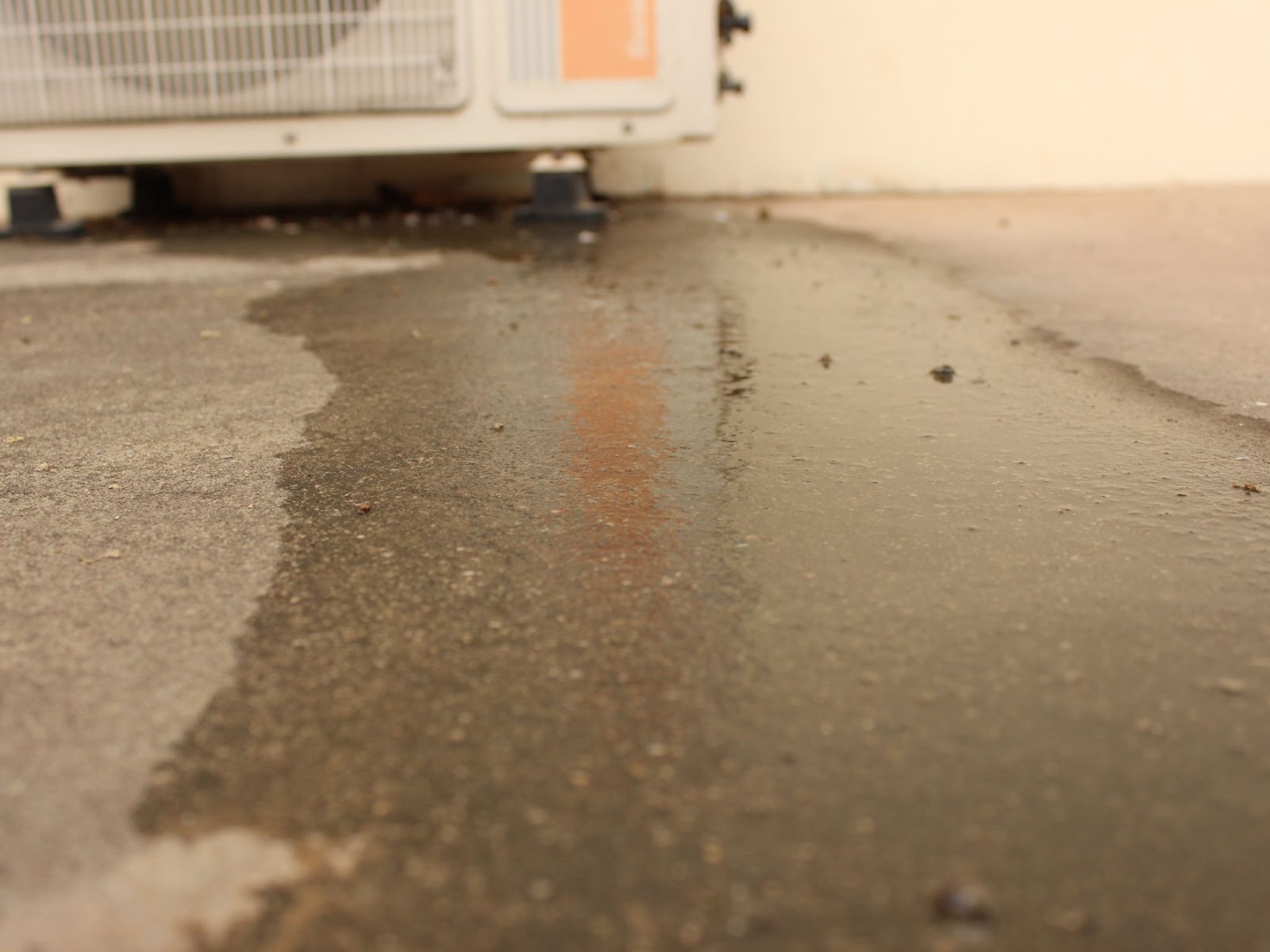
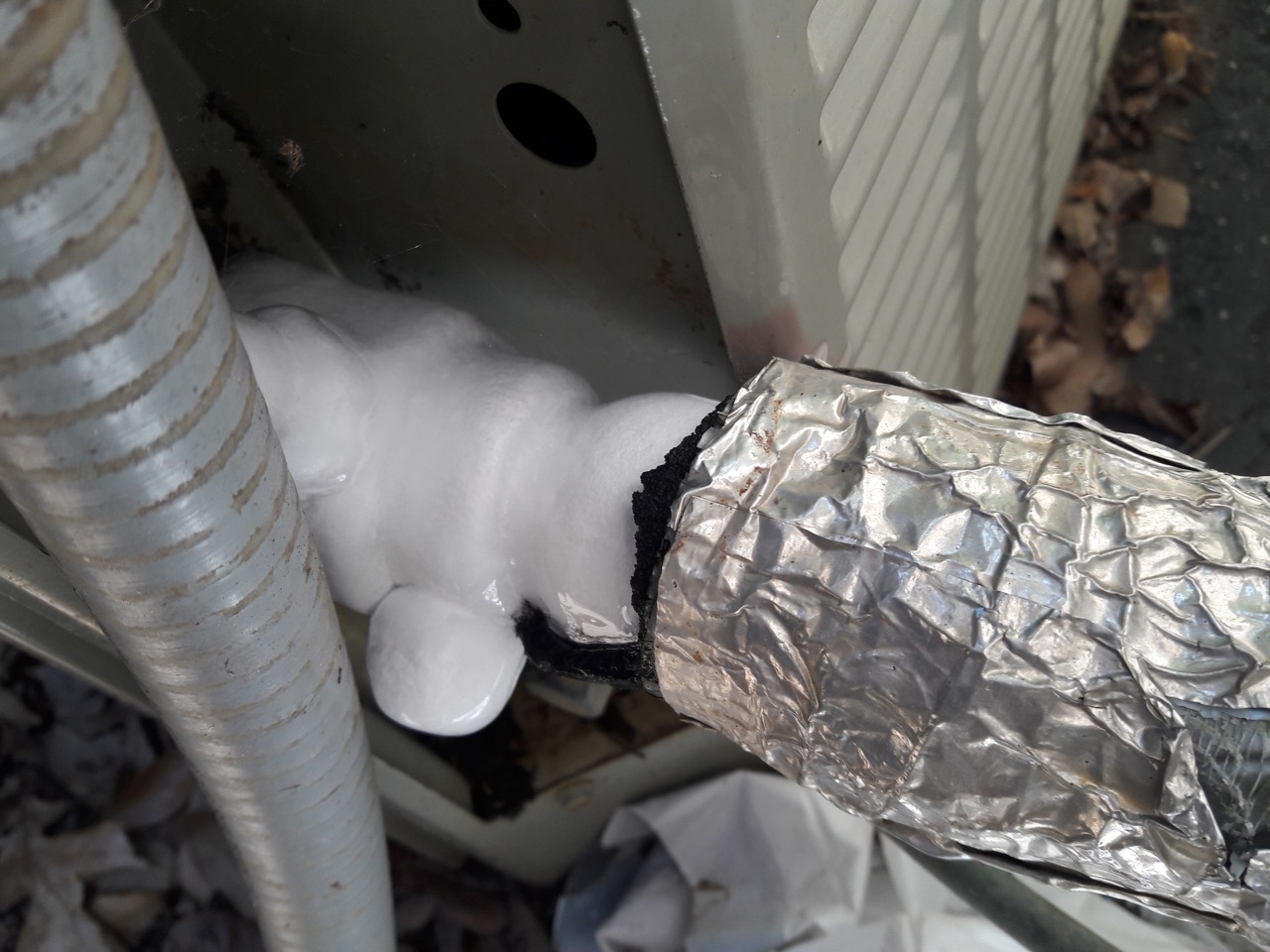
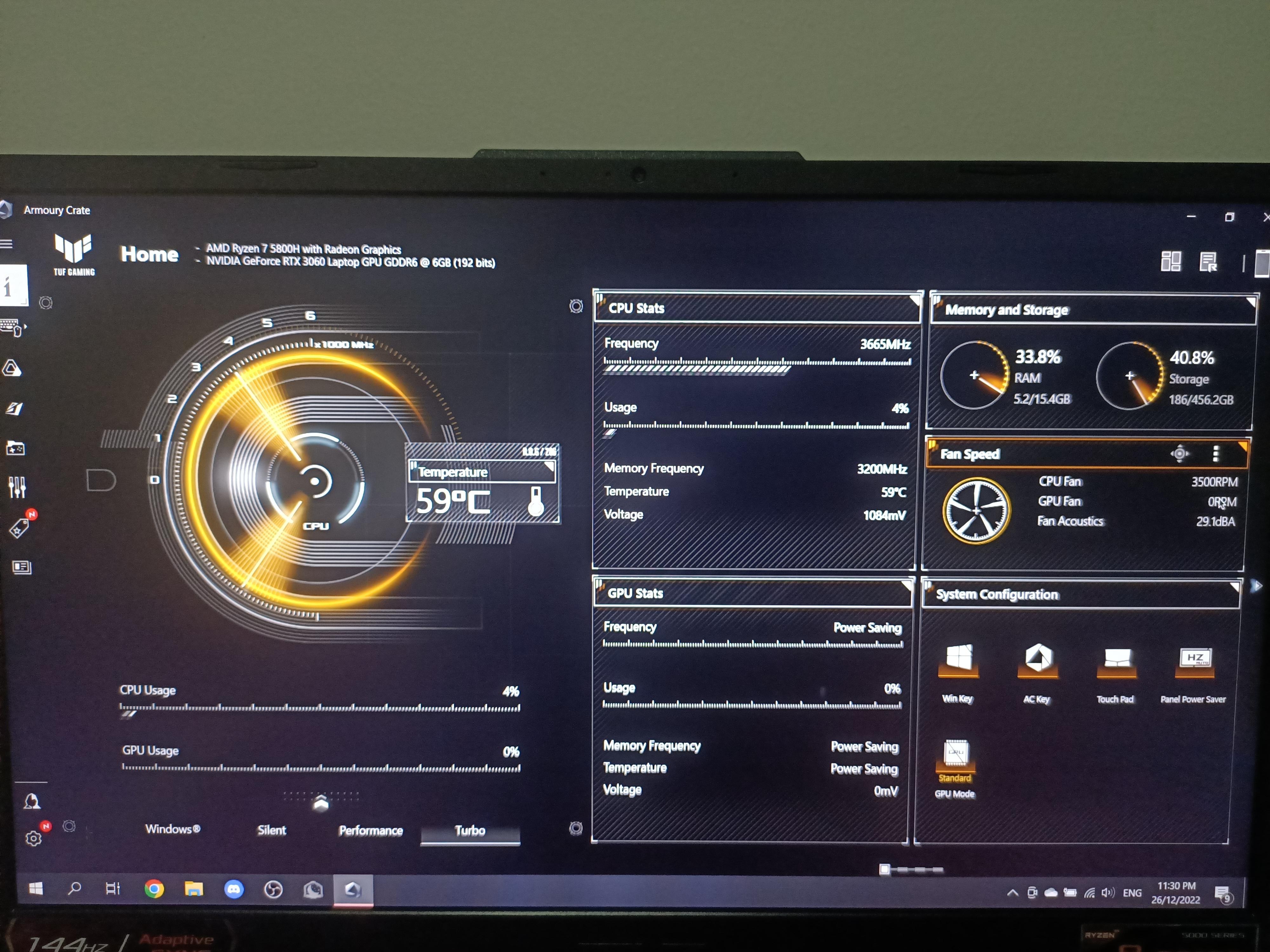
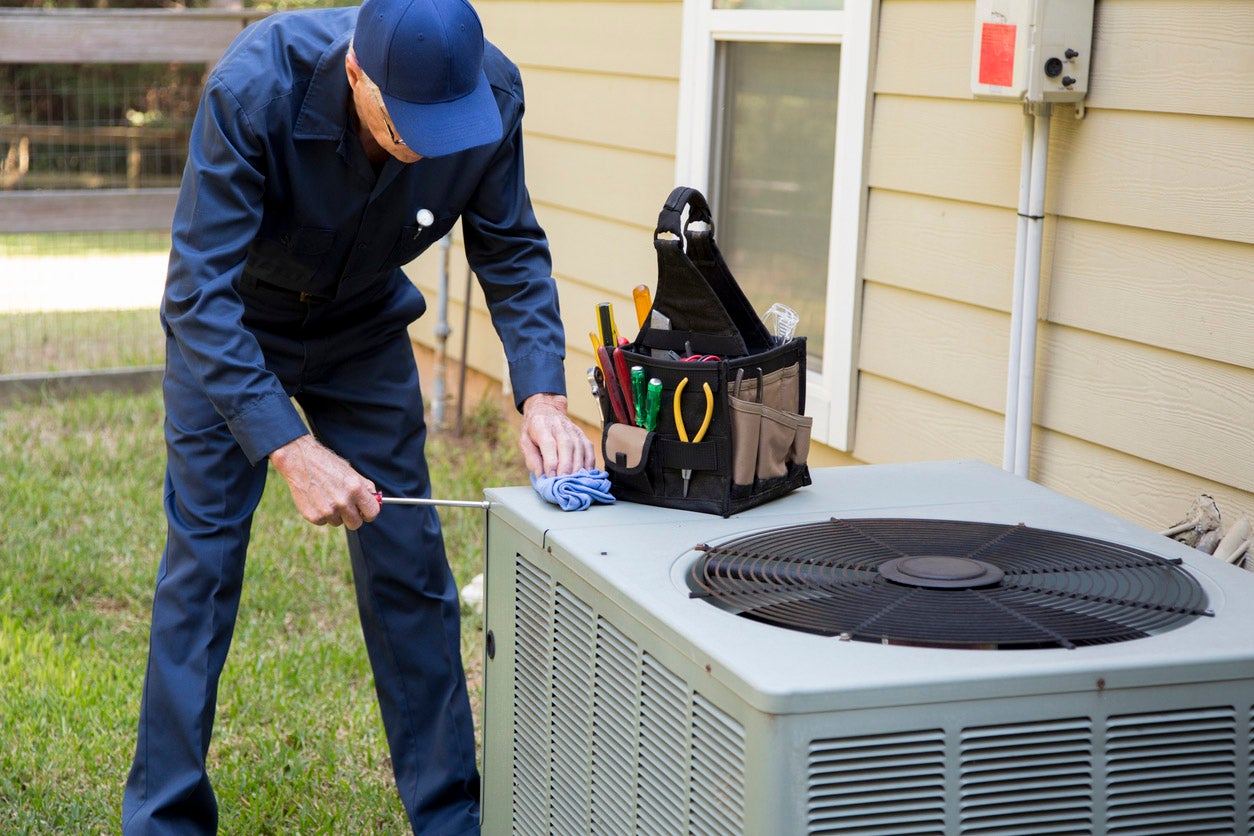
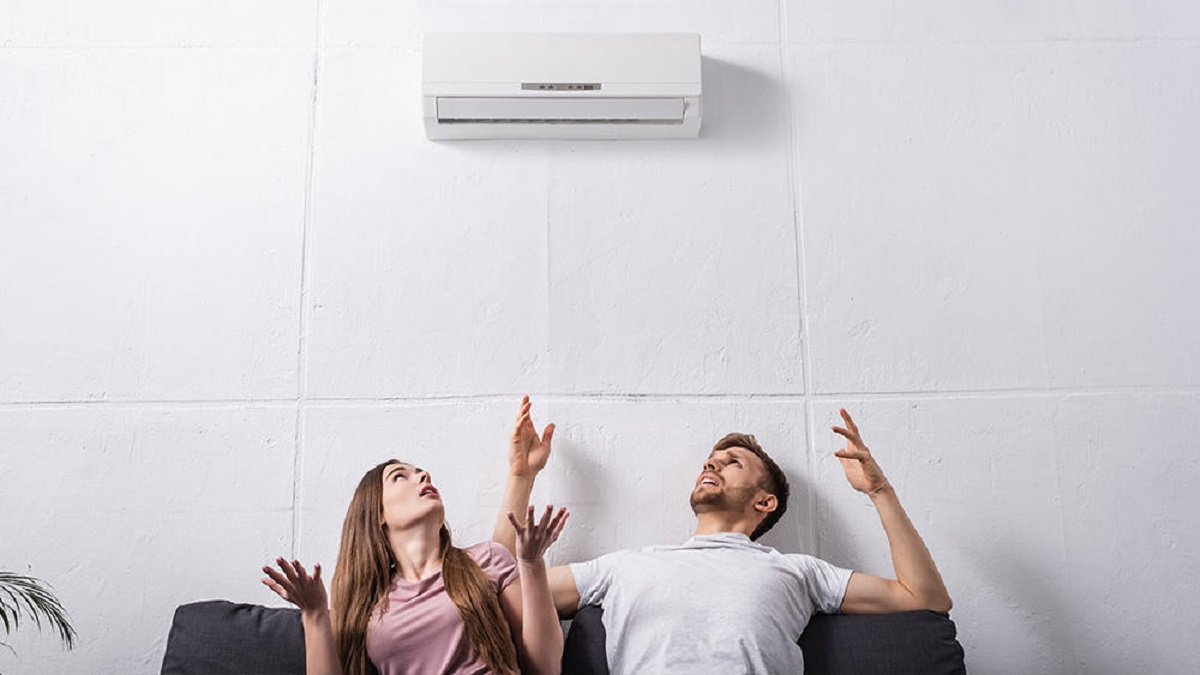
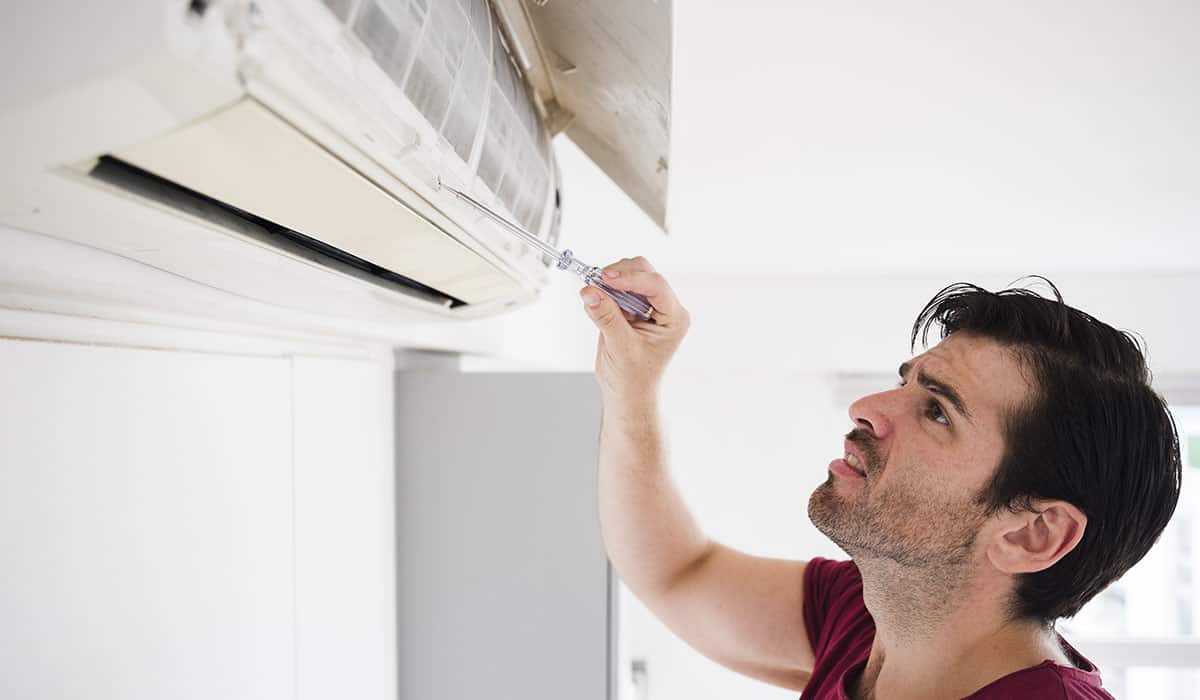
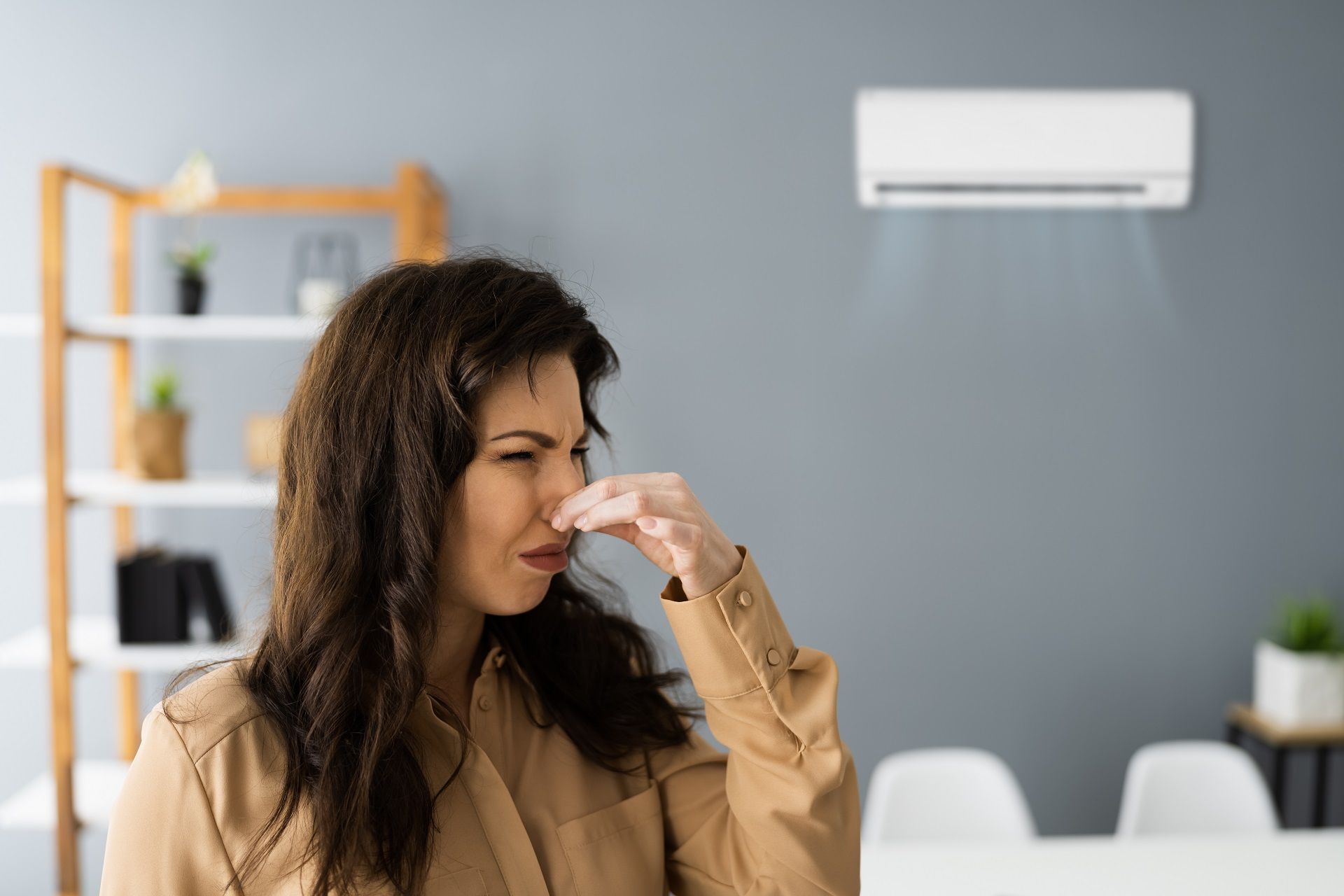
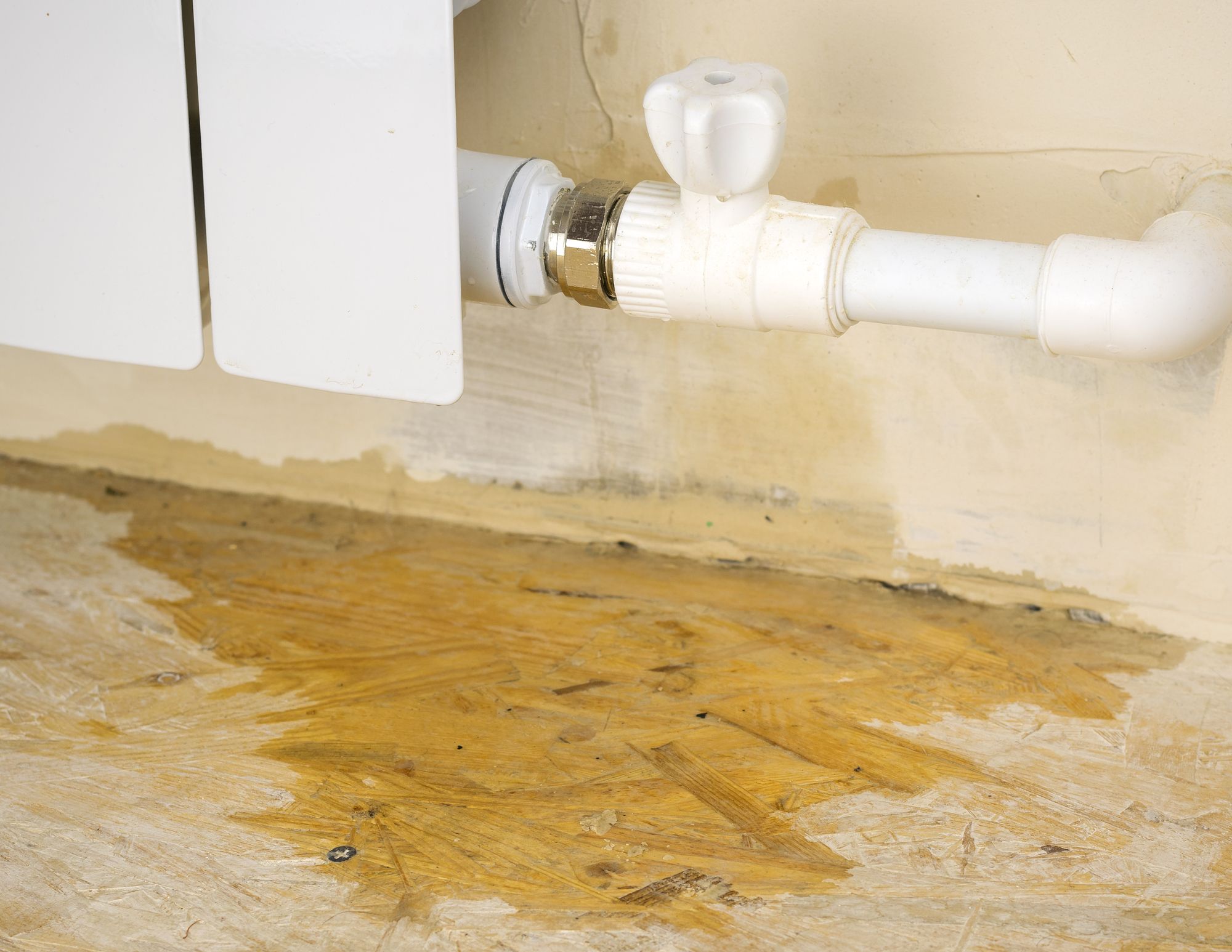
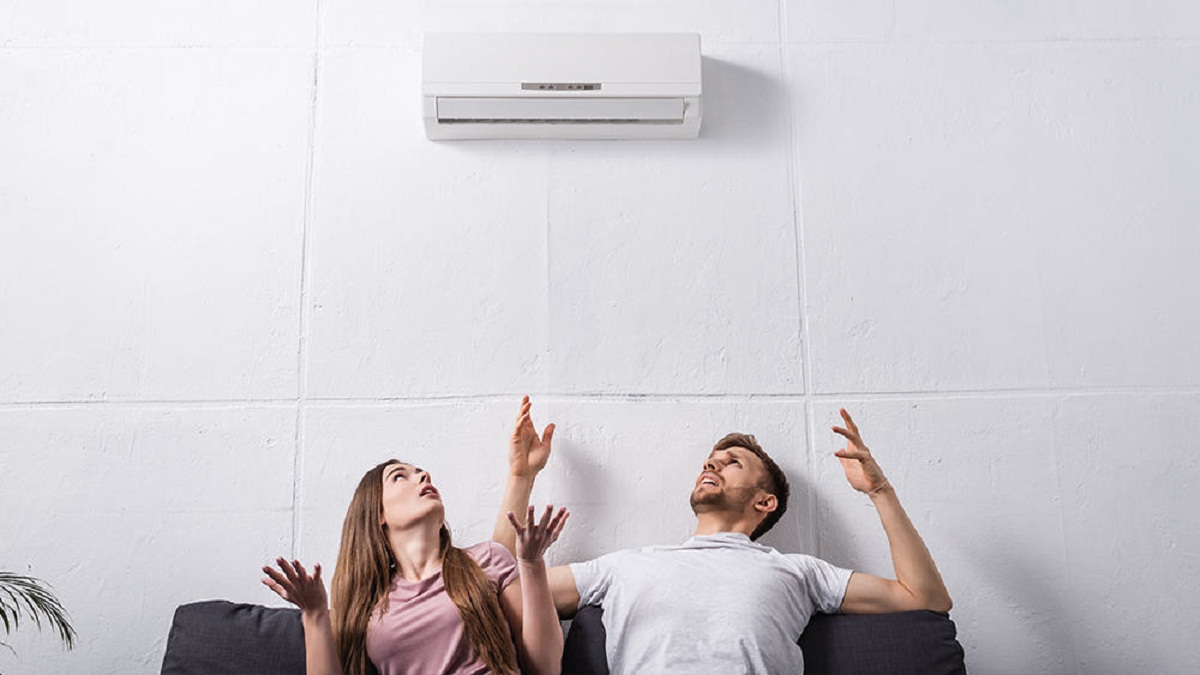
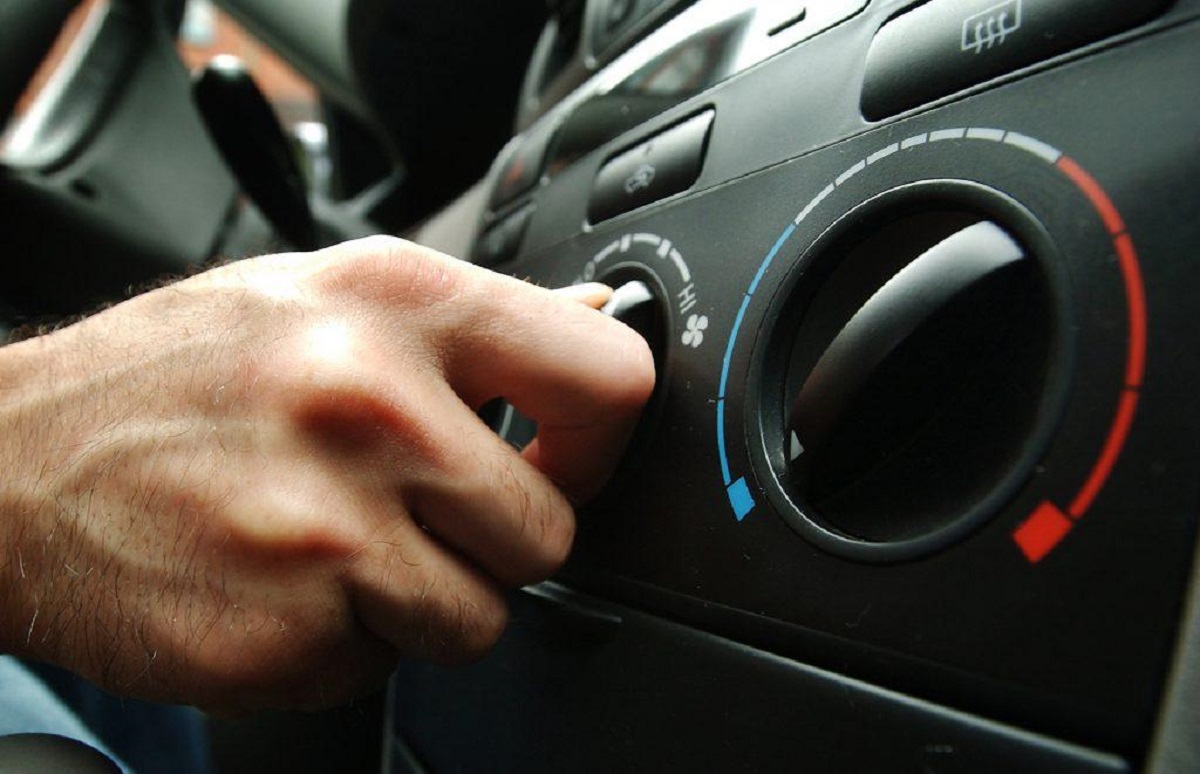
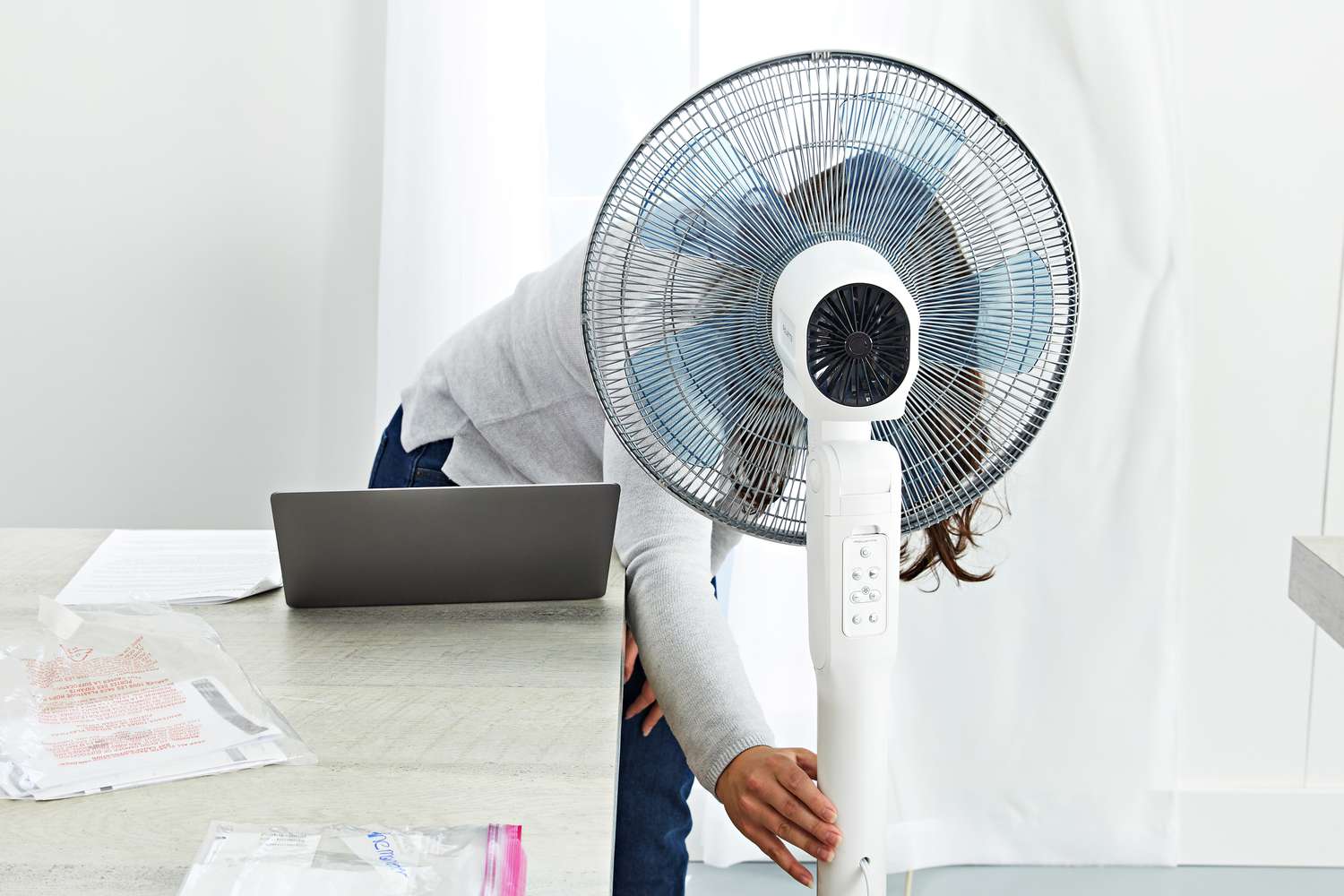
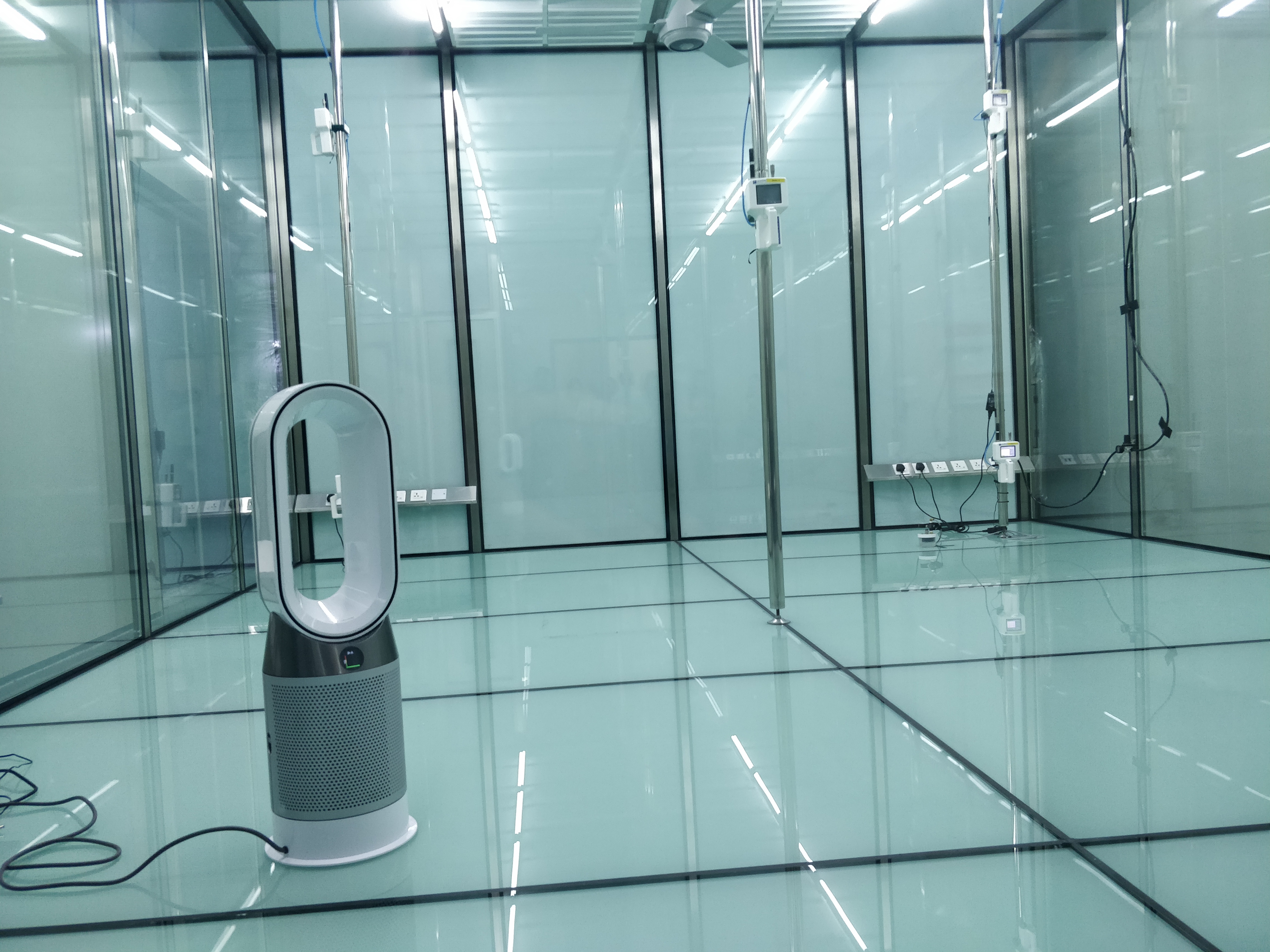
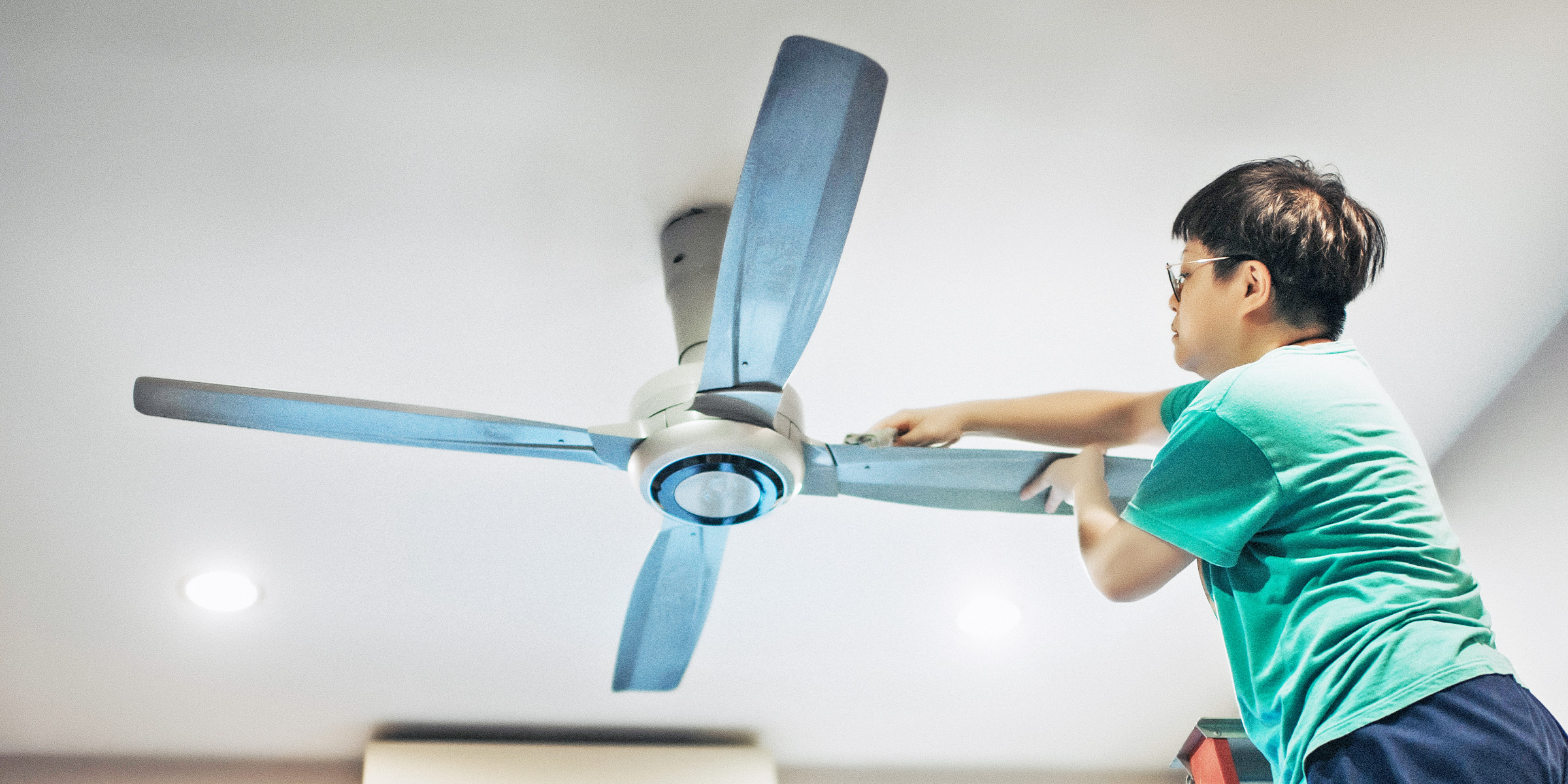

0 thoughts on “Why Is The AC Not Cooling”